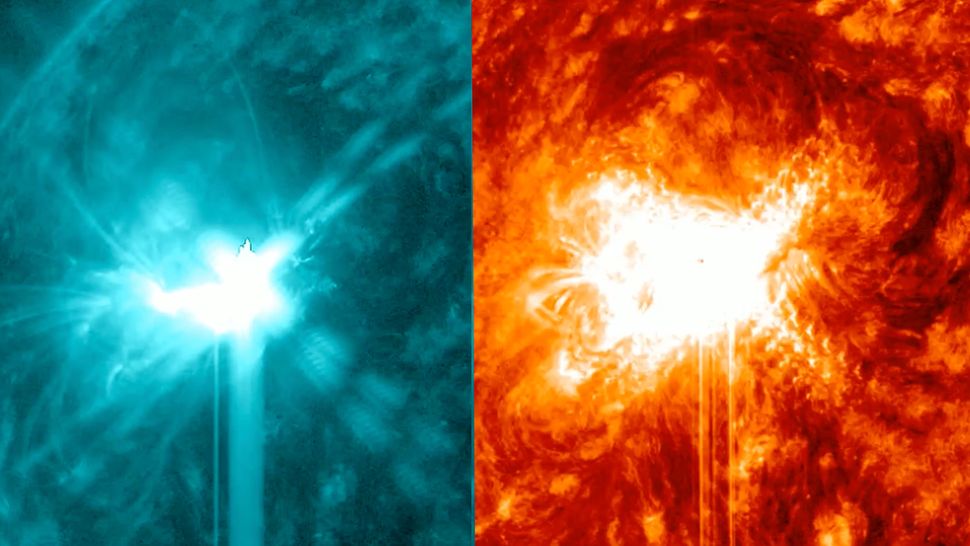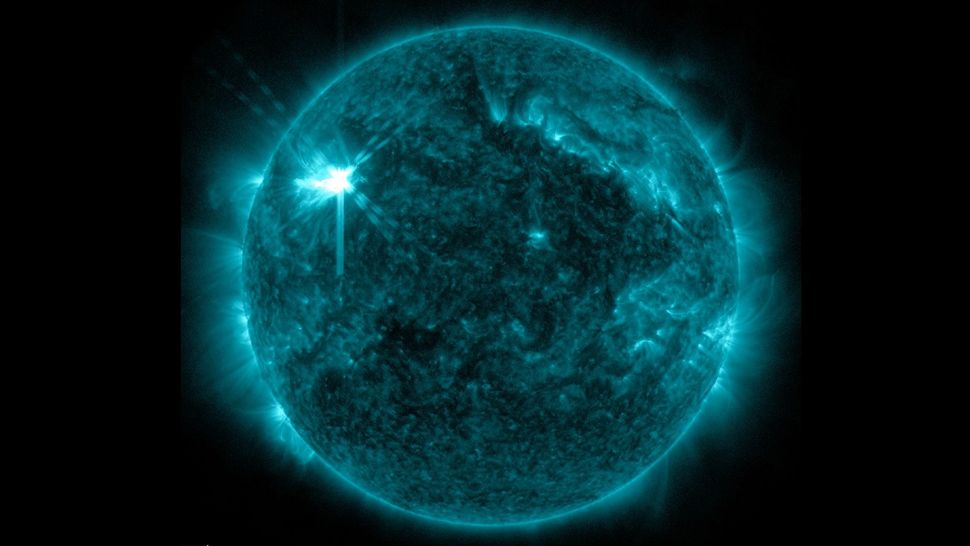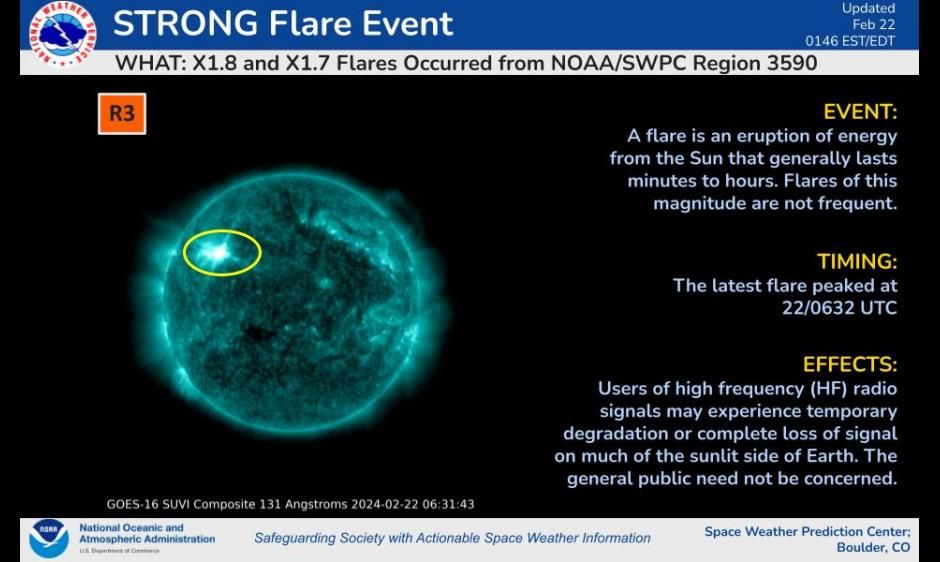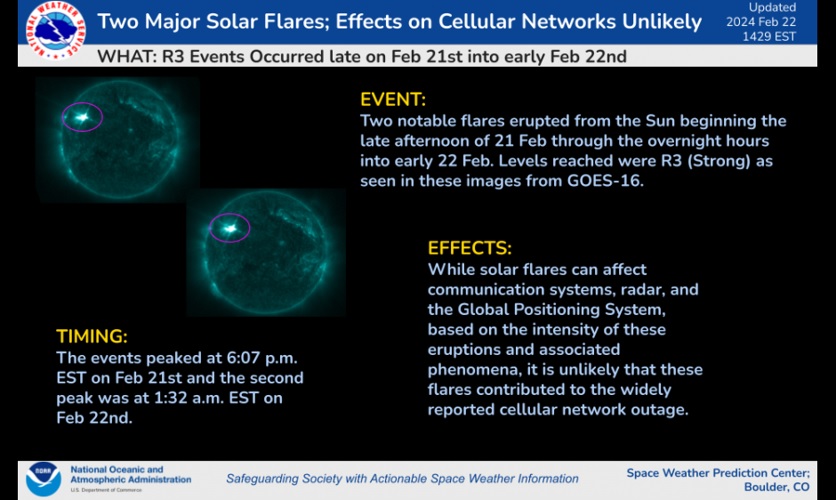Sun Solar Flares Trigger Widespread Cellphone Outages Across the US

Space News ,World :- On Thursday, February 22, the United States experienced major cellphone outages, coinciding with two powerful tantrums from the sun. These solar flares, explosions of energy from the sun, occurred on the evening of February 21 and early morning of February 22. The first flare, labeled X1.8-class, happened at 6:07 p.m. ET on February 21, followed by another, an X1.7-class flare, at 1:32 a.m. ET on February 22. The National Oceanic and Atmospheric Administration (NOAA) mentioned that these flares came from a sun region displaying strong magnetic complexity.
As of now, there is no evidence of Coronal Mass Ejections (CMEs) resulting from these events, but the possibility has not been ruled out, according to NOAA. Despite this, an alert was issued by NOAA for a solar radio emission at 6:58 a.m. ET on February 22, which sometimes accompanies strong CMEs and solar radiation storms.

NASA's Solar Dynamics Observatory captured this image of an X1.8-class solar flare on Feb. 21, 2024. (Image credit: NASA/SDO)
Coincidentally, widespread cellphone outages were reported across the U.S. on the same day as the solar flares. Major carriers like AT&T, Verizon, and T-Mobile reported tens of thousands of outages. While it's unclear if the solar flares caused the outages, the timing of the reports aligns with the flares.
Some solar scientists, however, are skeptical about any direct connection between the solar flares and the cellphone outages. Solar astrophysicist Ryan French from the National Solar Observatory noted that flares typically affect the "dayside" of the Earth, and since the U.S. was not on the dayside during the events, it might just be a coincidence.
The effects of these solar flares might linger for days. NOAA reported an "eruptive filament" seen exploding from the northwest quadrant of the sun's visible disk on February 21. While most of the energy is expected to pass ahead of Earth in its orbit, there's a possibility of a "glancing influence" on February 25, as per NOAA's forecast.

NASA's Solar Dynamics Observatory captured this image of an X1.8-class solar flare on Feb. 21, 2024. (Image credit: NASA/SDO)

NOA issued this warning about two X-class flare events that occurred on Feb. 21 and 22. (Image credit: NOAA)

Image Credit: NOAA
Solar flares occur when magnetic energy builds up in the sun's atmosphere and is released in an intense burst of electromagnetic radiation. These flares are categorized by size into groups, with X-class being the most powerful, followed by M-class, C-class, B-class, and A-class, which are too weak to significantly impact Earth. The sun is currently entering the most active phase of its approximately 11-year solar cycle known as the "solar maximum." This phase could bring more space weather events, including communication blackouts and threats to orbiting spacecraft. On a positive note, it could also result in more widespread auroras globally.
✍️ This article is written by the team of The Defense News.






